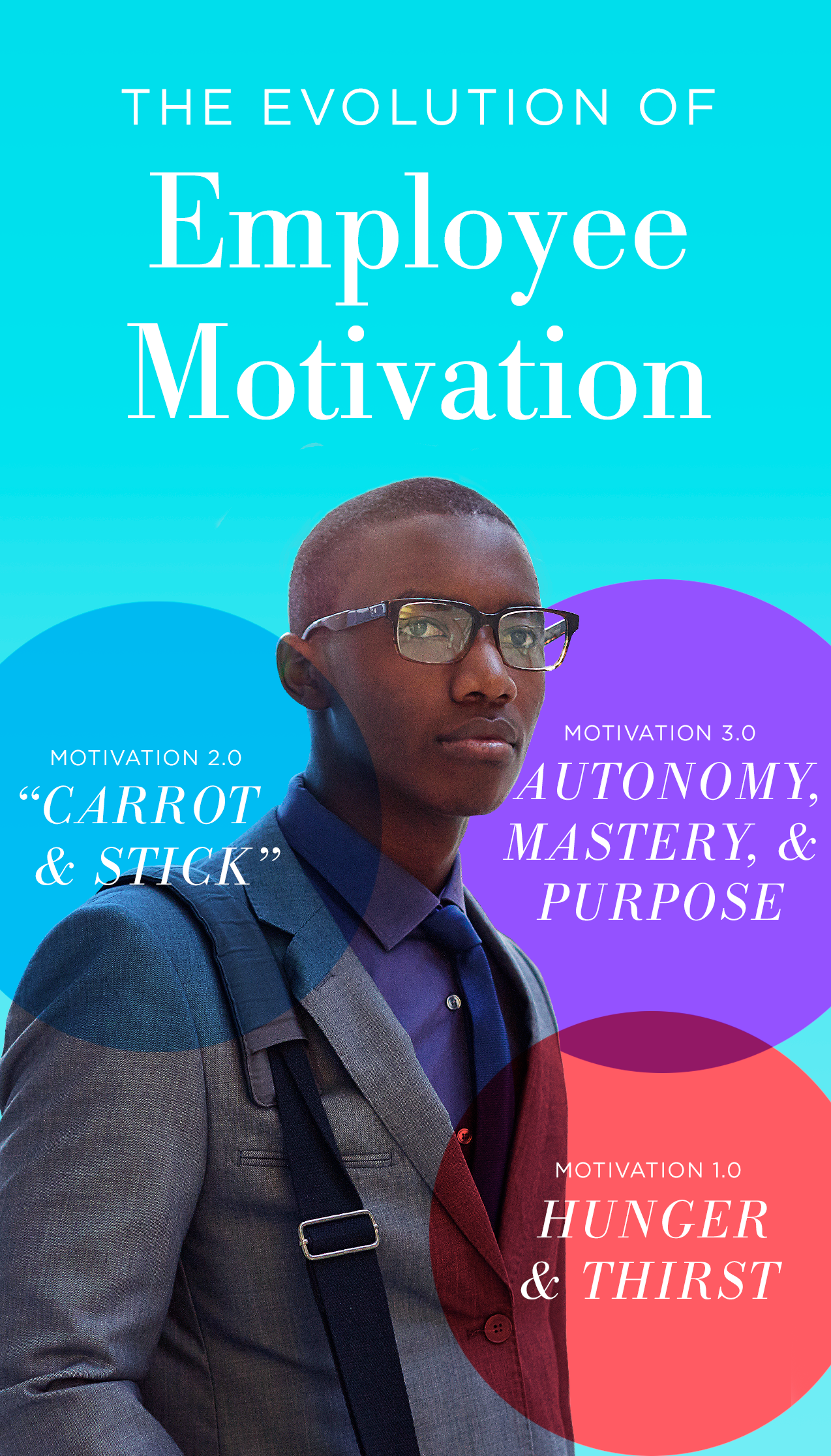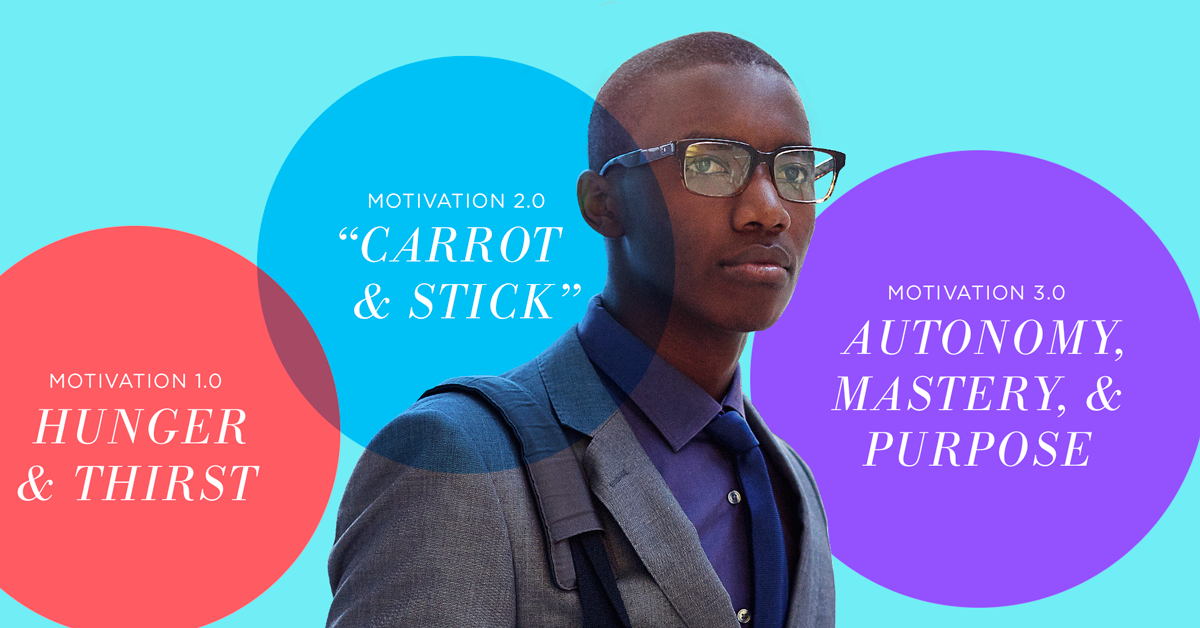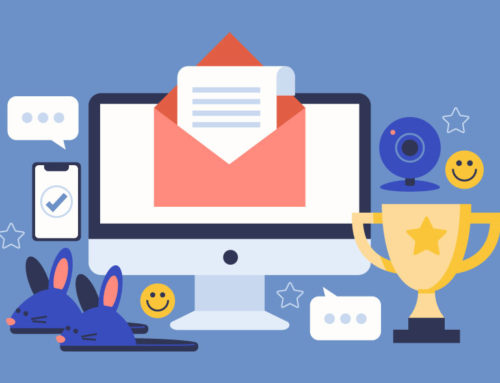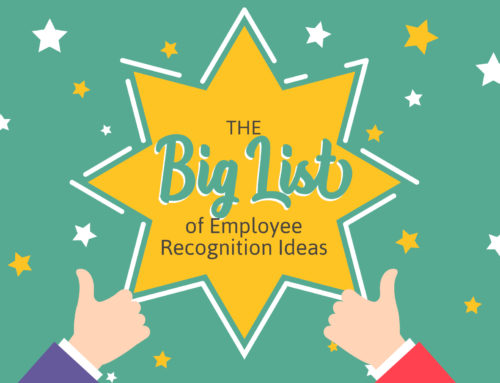 In Drive: The Surprising Truth About What Motivates Us, author Daniel Pink outlines the evolution of motivation, and offers tips that can be used to motivate today’s employees. Don’t have time to read the whole book? No problem. We’ve included the highlights below.
In Drive: The Surprising Truth About What Motivates Us, author Daniel Pink outlines the evolution of motivation, and offers tips that can be used to motivate today’s employees. Don’t have time to read the whole book? No problem. We’ve included the highlights below.
Motivation 1.0
In the earliest days of history, humankind was motivated by biological needs, such as hunger and thirst. However, as our societies evolved into something more complex, so did what motivates us. In order for humans to work together, Pink says, “We often needed ways to restrain this drive—to prevent me from swiping your dinner.” Workers needed to be motivated by something more sophisticated.
Motivation 2.0
Also known as the “carrot-and-stick” method, Motivation 2.0 is based on the idea that humans have a second drive to “seek reward and avoid punishment,” and that we can channel this drive to help us achieve goals. This method gained a lot of momentum over the past two centuries, particularly during the Industrial Revolution, when much of the work was simple or routine. Since then, our work has evolved to include more creative tasks, which meant that our motivation methods needed to change to keep up.
Motivation 3.0
Pink says that motivation needs to keep evolving in order to keep up with today’s employees and work. Motivation 3.0 speaks to a third human drive: “to learn, to create, and to better the world.” This method effectively motivates employees by focusing on internal drivers, rather than short-lived external rewards. The three drivers are outlined in the tips below.
Motivation Lessons For Today’s Leaders
1. Give Employees Autonomy
By nature, humans want to be “autonomous and self-directed.” Pink suggests empowering employees to explore new ideas, allowing them to work flexible schedules, giving them a say in hiring new talent, and letting them decide how they want to tackle a problem.
2. Give Employees Mastery Opportunities.
Pink says “making progress in one’s work turns out to be the single most motivating aspect of many jobs.” You can help employees achieve a sense of progress by working closely with them to assign tasks that match their skill levels, so employees are neither anxious nor bored.
3. Give Employees a Sense of Purpose.
“Humans, by their nature, seek purpose—to make a contribution and be a part of a cause greater and more enduring than themselves,” says Pink. You can fulfill your employees’ sense of purpose by making community service part of your corporate culture. Try organizing in-office food drives, or inviting the team to spend a day volunteering.
Today’s employees are motivated by something deeper than previous generations. As you think about this year’s motivation strategies, be on the look out for what you can change, upgrade, and evolve.





